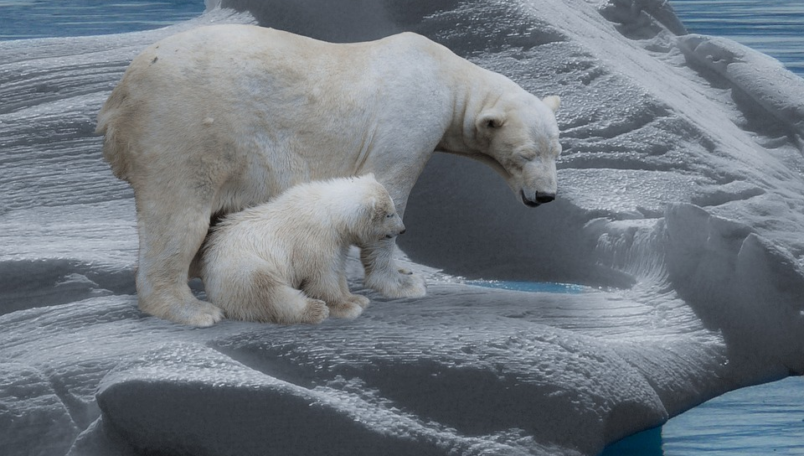Measurement (area & perimeter): Ice Floes
Challenge level ⭐⭐
(designed for children with prior knowledge of the Year 3 and Year 4 programme of study)
Learning Objective
We are learning how to solve a natural world problem by using and applying our knowledge and skills of measurement, perimeter and area.
Useful prior knowledge:
- To find the area of a rectilinear shape by counting squares
- To calculate the perimeter of a rectilinear shape
Clip Description
Ice floes are flat, frozen blocks of seawater that float freely on the surface of the sea. They vary greatly in size. The smallest ice floes measure less than 20 m across. The largest ice floes can be over 10 km across.
In this fascinating clip, we can see a polar bear swimming between Arctic ice floes that have melted and almost disappeared. Climate change is making it increasingly difficult for polar bears to survive in the Arctic due to sea ice melting much earlier in the year and forming much later. Although they are good swimmers, polar bears are unable to catch seals in open water. Because of this, they depend on sea ice as a hunting platform. How far do you think a polar bear can swim? Watch the clip to find out.
Quick Whiteboard Challenge
Can you use your skills of number and estimation to place the following temperatures on a blank number line?
– 40 °C (winter temperature in the Arctic)
37 °C (body temperature of a polar bear)
– 1.8 °C (freezing point of saltwater)


